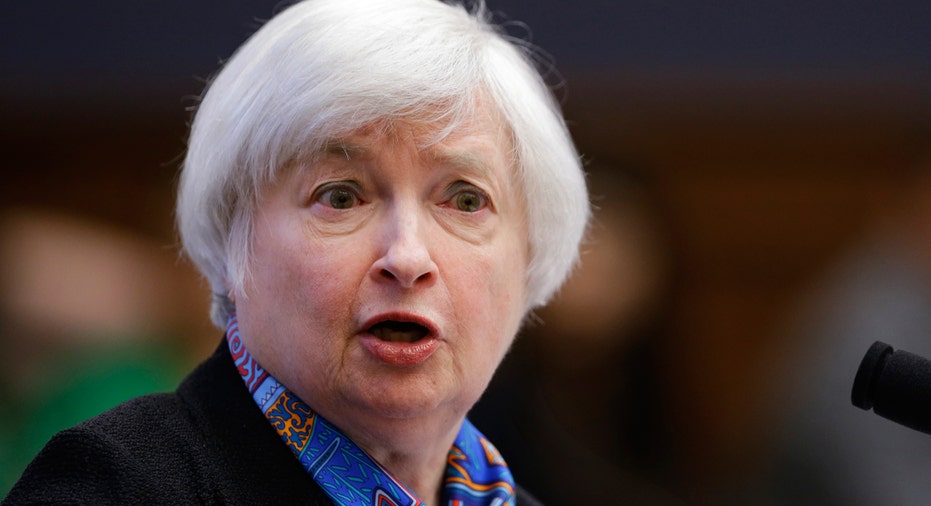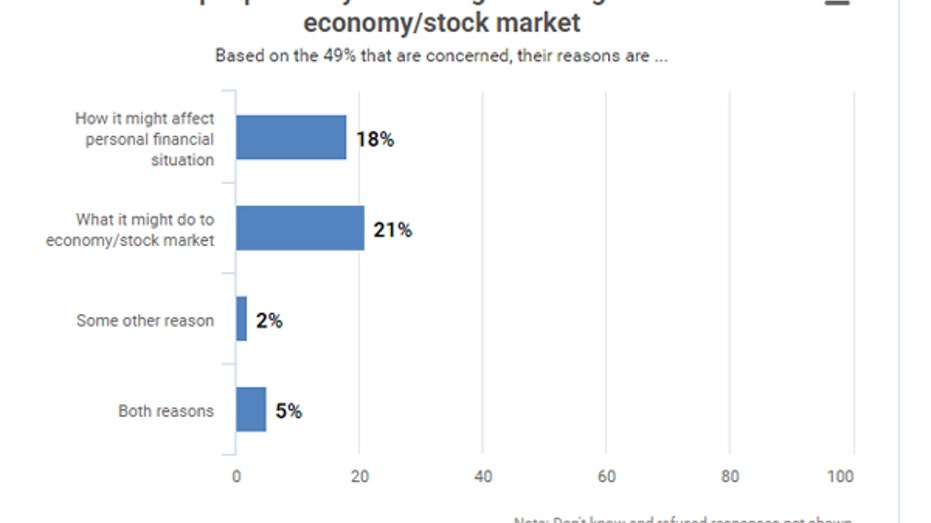More Americans Worried About Prospect of Higher Interest Rates

A steadily-growing economy means higher interest rates are on the way. But the nation is split on whether that’s a good thing for the markets and their personal finances.
Forty-nine percent of Americans say they are concerned about the prospect of higher rates in 2017, according to a new survey from Bankrate.com. That number is up eight percentage points from last year as respondents worry more about the Federal Reserve’s planned rate-hike path as the economy continues to improve after the worst financial crisis since the Great Depression.
The most commonly-cited reason for concern was fear about the impact of higher rates on the stock market since asset prices have been supported by ultra-easy monetary policy since 2008.

“Investors love low rates because it leaves fewer investment alternatives in the stock market,” said Greg McBride, Bankrate.com chief financial analyst. “When rates go up, not only does it increase borrowing costs, it could slow corporate profits, and it makes other investment options more attractive on a relative basis.”
After raising the short-term federal funds rate for the first time in nearly a decade back in December 2015, the Federal Reserve waited a year to raise rates for a second time last December. In the month since the 0.25 percentage point increase, Fed Chief Janet Yellen has said it is reasonable to expect “a few” rate rises this year as the economy moves more in line with the central bank’s targets of full employment and a 2% inflation rate.
Federal funds futures, a tool used to predict market expectations for changes in monetary policy, show odds of a rate rise at the Fed’s January 31 – February 1 meeting at just 3%. By March, odds of at least one rate rise move to 20.2% and to 37.2% by the central bank’s May policy meeting.
Those expectations, though, depend on continued strength in economic data, and could be upended by fiscal policy directives out of President Donald Trump’s administration.
“If we get a large tax cut or fiscal stimulus that juices economic growth, that could prompt the Fed to raise more quickly. On the other hand, if the reality does not match up to market expectations of fiscal stimulus, we could have a market selloff that causes the Fed to stay on the sidelines,” McBride said, noting Trump’s campaign promises of lower taxes, less regulation, and more fiscal spending as the new administration’s top priorities.
While Bankrate's survey found older millennials and the generations before them are concerned about how the rising-rate environment will impact their investment portfolios, younger millennials are more concerned about how higher rates will impact their personal finances. Those individuals are more exposed to recently-acquired student debt or new home loans, and their concerns stem more from how higher rates will impact their borrowing costs, McBride said.
The average rate on a 30-year fixed-rate mortgage is expected to increase gradually to 4.3% by the fourth quarter of this year from 3.8% in the year prior, according to forecasts from mortgage giant Fannie Mae. While acknowledging rates could rise faster than expected, Fannie Mae said steadily rising wages could offset the impact on the housing market.
“We expect housing to remain resilient and continue its recovery in 2017 with affordability standing out as the industry’s greatest obstacle, particularly for first-time homeowners,” said Doug Duncan, Fannie Mae chief economist.
He noted that after years of renting or living with their parents longer than expected, older millennials are beginning to buy their own homes, closing the homeownership attainment gap between previous generations.



















